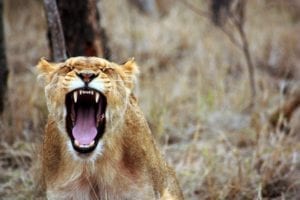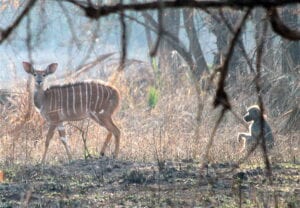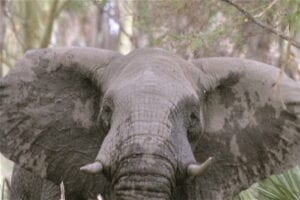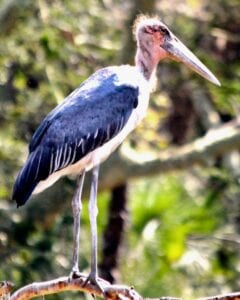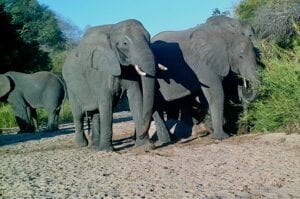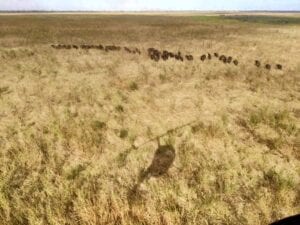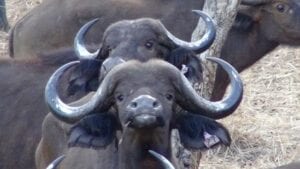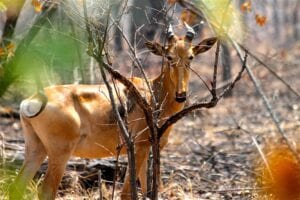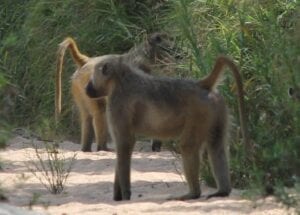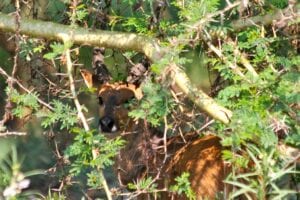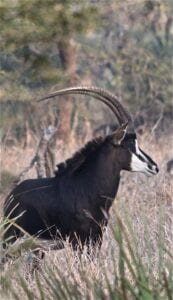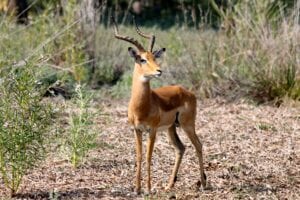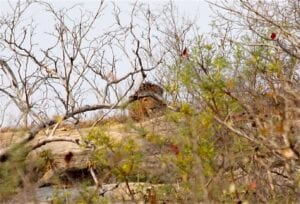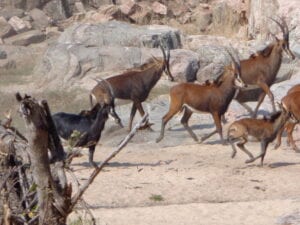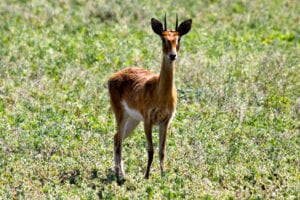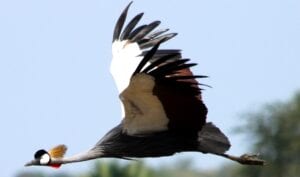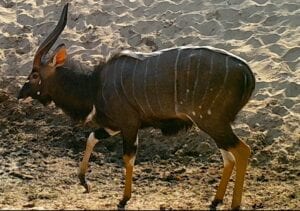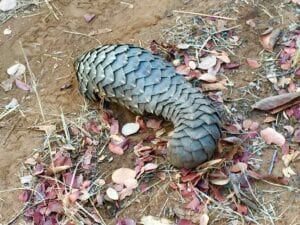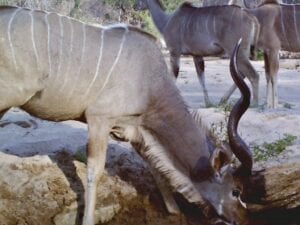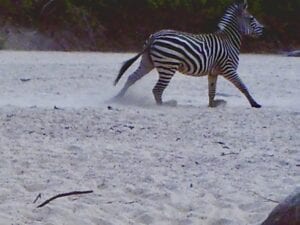GAJOGO'S WILDLIFe
ITS DANGEROUS GAME...
Renowned for its elephant and lion, Coutada 9 once had all of the Big Five: Lion, Elephant, Leopard, Cape Buffalo, and Rhinoceros. But the civil war of 1972 through 1992 decimated entire populations as Armies sought meat, and Governments sought ivory, to fund their wars. However, in 2005 Gajogo Safarilands as part of a new management team began construction of large dams and water-wells for improved habitat and began private re-population projects that would capture and release new animals to hasten their recovery. True to Coutada 9's epic past, "the tuskers" and lions both responded positively. A pride of lion inhabit the central area of the Coutada, while smaller groups move about at will. About 40 lion now inhabit the area. The elephant population has also grown slightly to about 300; large bulls can be found, but are very shy. They remember the terror from tanks, helicopters, and machine guns to procure their teeth; incisors made of ivory. And the saying is true, elephants never forget. State of the Art conservation projects are now in place to hasten the restoration of all wildlife, but they are not cheap. All wildlife is important, but none is more romantic than the dangerous game of the Big Five.
Leopards evaporate into the many rock-outcroppings, and also cunningly avoid contact with people. They survive on wart-hogs, impala, and baboon that seem to be everywhere. The most cantankerous of the big five is the cape buffalo which was nearly decimated by the war with only a small herd of 10 remaining in 2005. But their remarkable genetics were saved from inbreeding by an aggressive, and extremely expensive, re-population project that continues to this day. Hundreds have been captured from the Zambezi Delta, trucked 140 miles, and now make Coutada 9 home. Sadly, the remaining Big 5 animal, the rhinoceros, was totally extricated by war. Its horn was simply too valuable, and its brain too small, to survive the onslaught.
State of the art conservation...increase wildlife populations, anti-poaching, capture and translocation projects, wildlife research, indigenous people's humanity, education, and hunting all combine to break the mold on proper wildlife management. We are America's Safari Company. It's a new day, and Gajogo is leading it moment by moment.
To date Gajogo Safarilands with its partners has re-introduced via capture and release projects lions, waterbuck, and cape buffalo, with additional re-population projects on the horizon. Additionally, Coutada 9 has exported Crawshay Zebra, Kudu, and Eland to Gorongosa National Park in efforts to bolster the parks populations of these species which were also devastated because of war.
MORE OF ITS GAME
In addition to its dangerous game, plainsgame run roughshod throughout Gajogoland. Complimenting high populations of monster Kudu, Impala, and Warthogs, are Sable, Nyala, Eland, Lichtenstein Hartebeest, Bushbuck, Bushpig, Baboon, Reedbuck, Waterbuck, and Crawshay Zebra. Also included are Mozambique's 'Little Five:' Oribi, Suni, Grysbok, Grey Duiker, and Red Duiker. Gajogo truly does have a diverse game population; an historic tradition of Coutada 9.
Again, using State of the Art diverse conservation projects to increase wildlife populations, anti-poaching, capture and translocation projects, wildlife research, indigenous people's humanity, education, and Gajogo breaks the mold on proper wildlife management. As America's Safari Company these tools are exploited to combine photos, adventure, food, and America's dedication to wildlife and local people to chart a course never before ventured.
GAJOGO'S NON-GAME
In addition to tremendous game animals, Gajogoland is filled with animals that are only shot with a camera; this is often more difficult than a rifle. Species not generally considered are Klipspringers, Genet Cats, Caracal Cats, Aardvarks, Porcupines, Mongooses, Tortoises, Snakes, Lizards, and Monkeys. For you Ornithologist's, bugs are indeed plentiful and most interesting. Dung beetles, butterflies, crazy spiders, and 6 inch millipedes top the list. Birds are extremely plentiful with species numbering in the hundreds. Long lenses are a requirement, and hunting with a camera may indeed be more difficult than most game animals. Gajogo's State of the Art Wildlife management utilizes non-game contributions, always putting conservation before usage. It's simple. Gajogo is America's Safari company. Putting America's knowledge and might behind common sense conservation projects that include Dangerous, Plains, and non-game species which all combine to improve the over-all wildlife biomass in Coutada 9. Yep, dollars from Photo safaris also go to help Africa's indigenous human populations.

